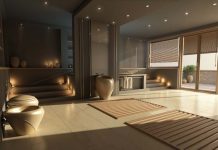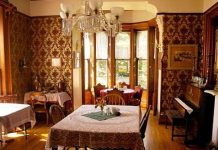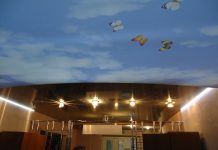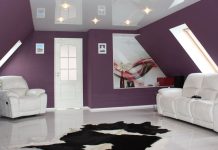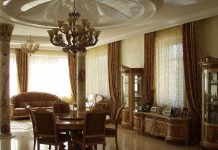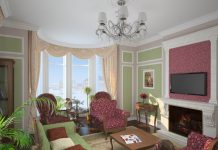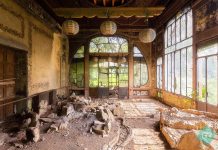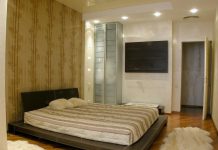A design project is an ideal solution for those who dream of a beautiful and safe home, where every detail, every element of decor is thought out. After all, this is how you can protect yourself from unnecessary expenses in the case when some stage of creating a design did not please, and not be disappointed with the result. A carefully thought-out and planned design project together with a professional will save not only money, but also strength; and a transformed dwelling without unnecessary problems and tension will please the eye and be associated only with a pleasant pastime of creating a masterpiece.
The first stage of creating a design project: meeting with the designer and planning solution
You need to prepare for the first meeting with the designer. During the conversation, a professional is likely to be interested in the composition of the family, hobbies, preferences, lifestyle and character of the customer. In fact, all this is very important and determines in many ways the direction of future interior design. If it is the design of cottages, then information about the prospective residents of the town will be useful. But it will not be superfluous for the customer to take a closer look at the designer, to understand how comfortable it is for him to communicate with him, whether he is close in outlook and temperament – after all, it may take more than one hour to communicate with him. You can show the designer some favorite moments in magazines, things that could be a starting point. Be sure to say what would be unacceptable in interior design
At the first meeting, a technical task will be formed, where the requirements for the style, functionality and coloristic solution of the future interior design will be specified. As a rule, a corresponding contract is signed with the designer, a plan of a house or apartment with a detailed description of engineering systems is provided to him.
Next, the planning solution is being prepared. Measurements of the object are made, all its nuances are investigated. After processing the results in a special way, the designer makes the measuring plan the basis of the sketch project. Such projects may have one or more of its variants so that the customer can choose something.
The second stage: the creation of a draft project
Now the draft project itself is being developed. This is more work with the customer than with the object: the designer will show catalogs with furniture, accessories, approve coloristic content. Today’s 3D graphics capabilities allow the customer to virtually “walk” around the future apartment: everything is so realistic that you can even appreciate the lighting and the planned atmosphere of the interior.
At this stage, the designer makes an estimate of acquisitions and future works. Also, the design of the cottage itself must be approved by related specialists responsible for plumbing, wiring, etc. The architect provides a set of working drawings, the project is finally approved by the customer and agreed upon in the appropriate authorities.
Stage three: author’s supervision
Now the work at the facility is in full swing. And in order for everything to work out according to the idea, it is better not to say goodbye to the designer, but to use his “author’s supervision” service. He will visit the workers about four times a month and solve all the issues that have arisen. If there are changes, the designer will coordinate them.
Also, do not forget about the technical supervision that specialists perform in order to ensure that everything complies with the norms, does not spoil the external beauty of housing and does not pose a danger to life.
Stage four: room decor
After finishing all the finishing works, the designer arranges furniture, carries out textile design, hangs paintings, chandeliers, complements the rooms with the necessary details. At this stage, the customer accepts the designer’s work, checks how everything corresponds to his idea. As a rule, if the customer is lucky, and he really found “his” designer, who performed a really high-quality design of the cottage, he will not lose sight of him. After all, life is flowing, boiling, and the customer may want to change something else at home, or even completely transform it.



